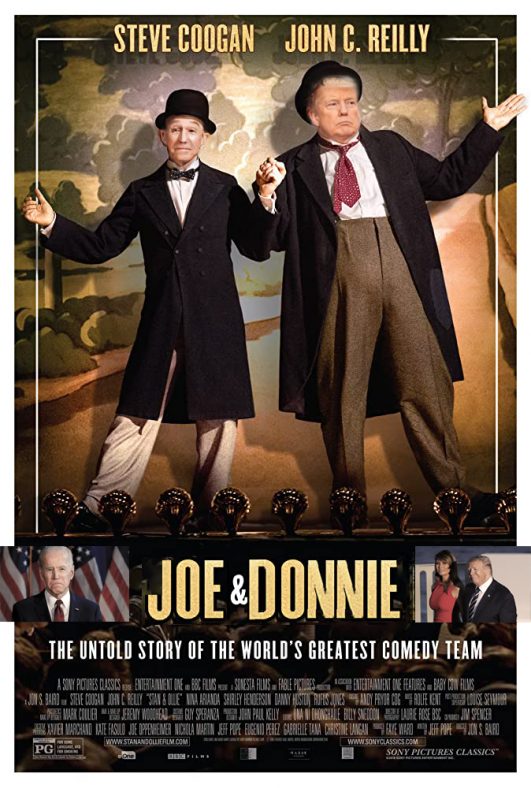Loop
At first glance, the development of the present media infrastructure, made by an articulated system of data centers, routers, cloud off-ramps, cables, satellites, and so on, seems unstoppable. Nicole Starosielski argues that we are in a feedback loop wherein data cables can be considered resources for audiovisual media and the very media are projected as resources for cables, allowing “the speculative development of large-scale infrastructural projects in the absence of any actual circulation.” [1]
Although media history is often characterized as a progression toward greater definition, fidelity, and truthfulness, is humanity going to rely more and more on those data-expensive media-rich contents?
Compression
Contemporary art, indeed, has already a long story of experimentations with a certain aesthetic of compression, described by Jonathan Sterne describes as a form of “proper management of content for the transmission lines” through the reduction of signal size for fitting in the media infrastructure. [2] As Hito Steyerls explains, the “poor image” is the copy made for movement: the more it accelerates, the more it deteriorates. [3]
Valentina Tanni explains that since xerox art to glitch art “pixels, primary elements of the computerized image, have been exhibited and exalted, […] low-definition is taken as one of the multiple possibilities of the image.” [4]
Simonetta Fadda argues that we have given to the HD image the task of replacing the reality that it reproduces, though this process inevitably “sanitize and sweeten” the contradictions of the very reality. [5] Consequently, lo-fi is a political choice that wants to ignore mainstream aesthetic and copyright culture, transforming quality into accessibility. [3]
Fidelity
As also Tanni points out, smartphones and webcams, far exceeding professional equipment, combined with lack of graphic education, generate a visual landscape where lo-fi images are the most frequent and authentic occurrence. Indeed, while looking at a “poor” image we would not doubt of manipulation, since, if it was, it would have been evident. On the contrary, a high-quality image is black-boxed: it does not reveal how far it has been manipulated.

While high-quality images are better at immersing us into a realistic representation of our visual existence, but keeping undisclosed their processual complexity, lo-fi images are democratically produced by the average digital citizen and “testify to the violent dislocation, transferrals, and displacement of images — their acceleration and circulation within the vicious cycles of audiovisual capitalism.” [3] Realism is not that realistic anymore.
Hyper-reality
Since this rising appreciation of the aesthetic of compression, the fact the humanity is heading directly towards a massive usage of media-rich contents can be put into discussion. Maybe the global mediatic infrastructure will not be overloaded and consequently overpowered (the usage makes the infrastructure!) just for a refusal to hyperreality.
After all, we sometimes prefer calling to video-calling, texting to audio, photographing to recording a video.
–
Notes:
[1] Nicole Starosielski, Fixed Flow, from Lisa Parks and Nicole Starosielski, Signal Traffic: Critical Studies of Media Infrastructures, University of Illinois Press (2015)
[2] Jonathan Sterne, MP3: The Meaning of a Format, Duke University Press (2012)
[3] Hito Steyerl, In Defense of Poor Image, E-Flux (9th December 2009)
[4] Valentina Tanni, Memestetica: Il Settembre Eterno dell’Arte, Nero (2020)
[5] Simonetta Fadda, Definizione Zero, Costa & Nolan (1999)














